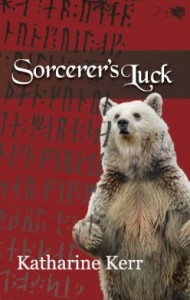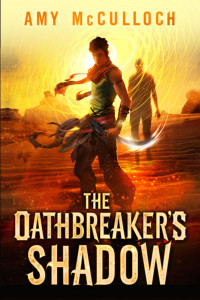
To begin this review of Witch Wraith I feel like I must dig into my past as not only a Terry Brooks fan, but also as a fan of Fantasy fiction, because the two are so inextricably intertwined that it is impossible to discuss one part of my fandom without crossing over into the other. It is not unusual for a Fantasy fan to cite Tolkien as the genesis of their fandom, as he certainly was for me, but it was ultimately Brooks, and then R.A. Salvatore, that cemented my love and created of it a lifelong obsession.
I first discovered Brooks after devouring The Hobbit and Lord of the Rings during my early adolescence. Eager, no, desperate for more Fantasy, I read any book my mom, the requisite Fantasy fan in my life, put in my hands. The most impressionable of these was Brooks’ The Sword of Shannara. It’s a novel that now, 35+ years after its first release, fights against its own beginnings as a Tolkien-inspired Fantasy that was crafted by its author and legendary editor Lester Del Rey to provide life and wind to the post-Tolkien doldrums that the genre fell into during the seventies. Where Stephen R. Donaldson, who published alongside Brooks, and was also edited by Lester Del Rey, chose to subvert Tolkien’s methods and themes, challenging the idea that Fantasy is myth and exploring its escapist nature — by casting a bitter adult, skeptical of the existence of the Fantasy world even as he walks through it — Brooks chose to emulate Tolkien by casting two plucky youths, a mysterious mentor, a world to save, and a keenness for adventure. Both stories feature a dark lord, but the their defeats come at the end of roads as different as those travelled by Samwise Gamgee and Meriadoc Brandybuck. Read More »



